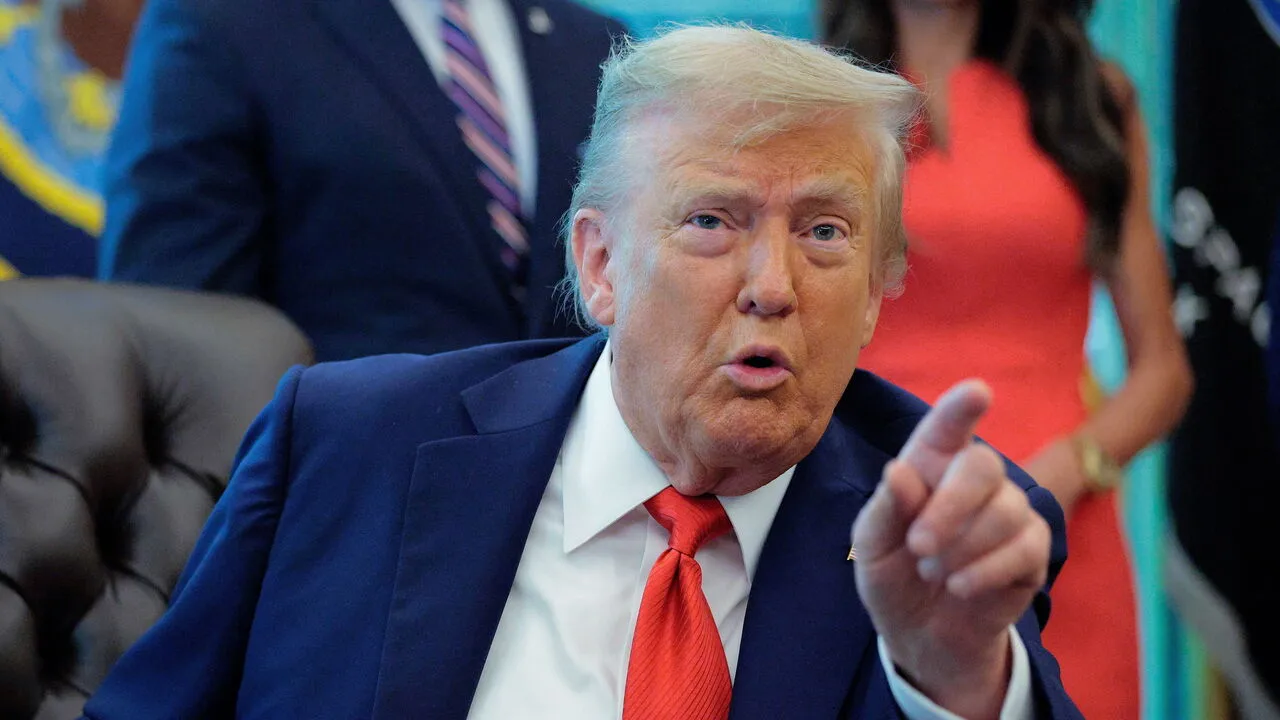In recent days, U.S. President Donald Trump has laid out a set of three new demands directed at China as trade negotiations loom. These “Trump China trade demands,” as they’re now being framed in international media, signal a new phase in the economic relationship between the two largest economies on the planet. With global supply chains already under stress and geopolitical tensions rising, the demands carry implications that go well beyond bilateral trade. In this article we’ll explore what the demands are, why they matter, and how they may change the trade dynamic between the United States and China.
What Are the Three New Demands?
The core of the recent escalation centres around three specific areas: rare earths, soybeans (and agricultural trade), and fentanyl (trade in precursors and enforcement). According to multiple sources, President Trump has flagged these issues as non-negotiable or at least urgent in the upcoming negotiations.
- On rare earths, China’s restriction or export control of key minerals has triggered a fierce response.
- On soybeans and agricultural exports, the U.S. is demanding stronger commitments from China to buy U.S. farm products.
- On fentanyl, Trump has tied trade and sanction policy to China’s role (or alleged lack of action) in controlling the flow of narcotics or precursor chemicals.
Why These Demands Now?
Strategic leverage and timing
Trump’s decision to emphasise these three topics at this juncture reflects a broader strategy of increasing pressure on China ahead of negotiations. By raising “Trump China trade demands,” the U.S. is signalling it intends to use trade tools as leverage for broader geopolitical aims.
Domestic political context
Domestically, these issues resonate with core voter concerns: jobs in agriculture, national security (rare earths and technology supply chains), and the opioid/fentanyl crisis. For the Trump administration, making them central to trade talks offers a dual domestic-and-international appeal.
Global supply chain and technology dimensions
Rare earths are crucial for high-tech manufacturing—smartphones, electric vehicles, defence systems. China controls a dominant share of processing and export of such materials. When China restricts rare earths, it affects global manufacturing and gives the U.S. a strong strategic concern.
Potential Impacts of the Trump China Trade Demands
On U.S.-China trade relations
These demands raise the risk of a breakdown in talks or a hardening of positions. China may see the demands as overreach or as tying unrelated issues (like narcotics) into trade. That could reduce flexibility.
On global markets and supply chains
Markets react to signals of escalation between major economies. Heightened tariffs or export controls (especially on rare earths) could disrupt manufacturers globally, raise costs, and force re-routing of supply chains. For example, the U.S. threatening 100% tariffs on Chinese goods in response to rare earths restrictions caused a market drop.
On agriculture and rural economies
If China commits (or is pressured) to buy more U.S. soybeans and other farm goods, U.S. farmers may benefit—but the flip side is that this becomes a bargaining chip, making agricultural trade more volatile.
On security and intersection of trade with other policy areas
Tying fentanyl controls and narcotics policy to trade raises the bar for China: it’s no longer just about tariffs and goods but also about enforcement, law-and-order, and bilateral cooperation in areas traditionally separate from trade.
What Does China Likely Do?
China may respond in a few possible ways:
- Offer limited concessions on agricultural purchases to ease pressure.
- Resist linking trade to unrelated issues (like narcotics), arguing for separation of issues.
- Use counter-leverage in rare earths or critical materials to push back.
- Engage diplomatically in multilateral frameworks to offset bilateral pressure.
What Should Businesses and Policy Makers Consider?
For businesses
Supply-chain managers need to monitor potential export controls or disruptions in rare-earth materials. Diversifying sourcing away from concentration in one country may become more urgent. Agriculture exporters should watch for shifts in Chinese purchase commitments.
For policymakers
Negotiators must decide how far to tie trade to other policy priorities like narcotics enforcement without undermining the trade process. They also must balance pressure with risk of escalation that might backfire.
For investors
Be aware that heightened “Trump China trade demands” may lead to market volatility. Trade interruptions, tariff hikes or sudden policy shifts are risk factors for equities, commodities and currencies.
Looking Ahead: What’s Next?
With the next round of talks looming, we’ll need to watch:
- Whether China publicly accepts or rejects the three demands, and in what form.
- Whether the U.S. actually implements additional tariffs or export controls tied to these demands.
- How other countries and global supply-chains adjust or hedge in response.
- Whether the linkage of trade with security and enforcement issues becomes a new norm in U.S. trade strategy.
In conclusion, the phrase “Trump China trade demands” encapsulates a turning point in the U.S.–China economic relationship. What started as trade negotiation may evolve into a broader strategic confrontation where rare earths, narcotics enforcement, and agricultural trade become battlegrounds. For stakeholders—from farmers to tech firms to policymakers—the implications are significant. Monitoring the developments closely and preparing for change will be key.
Read More






 Saturday, 13-12-25
Saturday, 13-12-25







